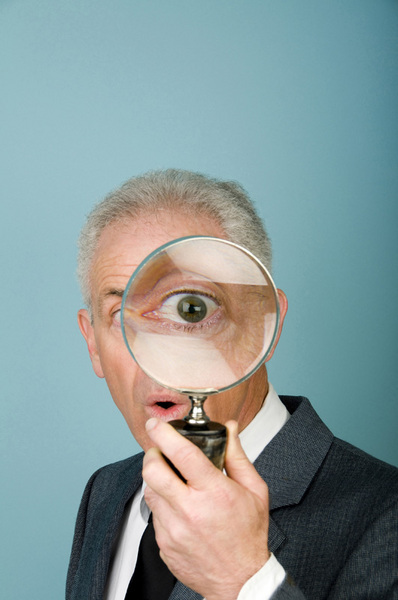Taxpayer Eyes Are On City’s Travel Expenses
It is rare to find articles about government and business travel but they do pop up occasionally. Recently I read another article about government travel expenses and this caught my attention for a few reasons.
First, it was the 16,000-resident town of Culpeper, Virginia, located about 70 miles outside my husband’s hometown of Washington, DC. Second, it is a small town, reflective of much of America. And finally, it was interesting to read just how much this town spends on travel and where they travel to, probably something that should get more attention from the media across the country.
A judgment call for sure but it seems that when a town government spends about $10 per resident on annual travel expenses, that’s not excessive but of  course, it has to be relative. For example, does a city like New York – with a population approaching 9 million people – really need to spend nearly $100 million on travel? Seems doubtful. For that matter, cities like Atlanta or Sacramento with a population of about a half million people certainly wouldn’t spend $5 million on government travel either (or do they?). Economies of scale should have some benefits.
course, it has to be relative. For example, does a city like New York – with a population approaching 9 million people – really need to spend nearly $100 million on travel? Seems doubtful. For that matter, cities like Atlanta or Sacramento with a population of about a half million people certainly wouldn’t spend $5 million on government travel either (or do they?). Economies of scale should have some benefits.
So where does the town of Culpeper spend their taxpayer dollars? A big chunk, just under 15%, was for hotel costs. Airfare and hotels are usually the biggest expenses for travel but in this case, it was more about mileage reimbursement because most of the travel was in-state. Yes, there were trips to Philadelphia and the obligatory Las Vegas but most were closer to home like Hampton, Roanoke, and Richmond. And not surprising, a popular in-state destination was Virginia Beach.
Hotels included Marriotts, Hiltons, and Hyatts. Was it necessary to stay at such expensive properties? Maybe, maybe not but I am a big believer in staying at event hotels when possible and let’s face it, finding appropriate meeting space at a Day’s Inn is usually unrealistic.
Meals comprised less than 10% of overall expenses. More interesting is where these elected officials chose to eat. Some felt the need to complete their diets at steak houses while other guardians of taxpayer dollars chose to eat their meals at places like McDonalds, Subway, and Chik-fil-A.
Some of the travel expenses were more questionable. For example, do taxpayers really need to reimburse for car washes and DVD rentals? And just why was it necessary to purchase flowers? Groceries could be more understandable but purchases for furniture and electronics should demand a greater explanation.
Thanks to this article, we learned that the town council is considering replacing their two-paragraph travel policy with one that is six pages long. Not sure it needs to be so verbose but if any town (or any business, for that matter) thinks they can get by with a travel policy that is only a couple paragraphs, it will be totally ripe for abuse.
Kudos to the Culpeper Star Exponent for offering this insight. It would be nice if more local media did the same.
